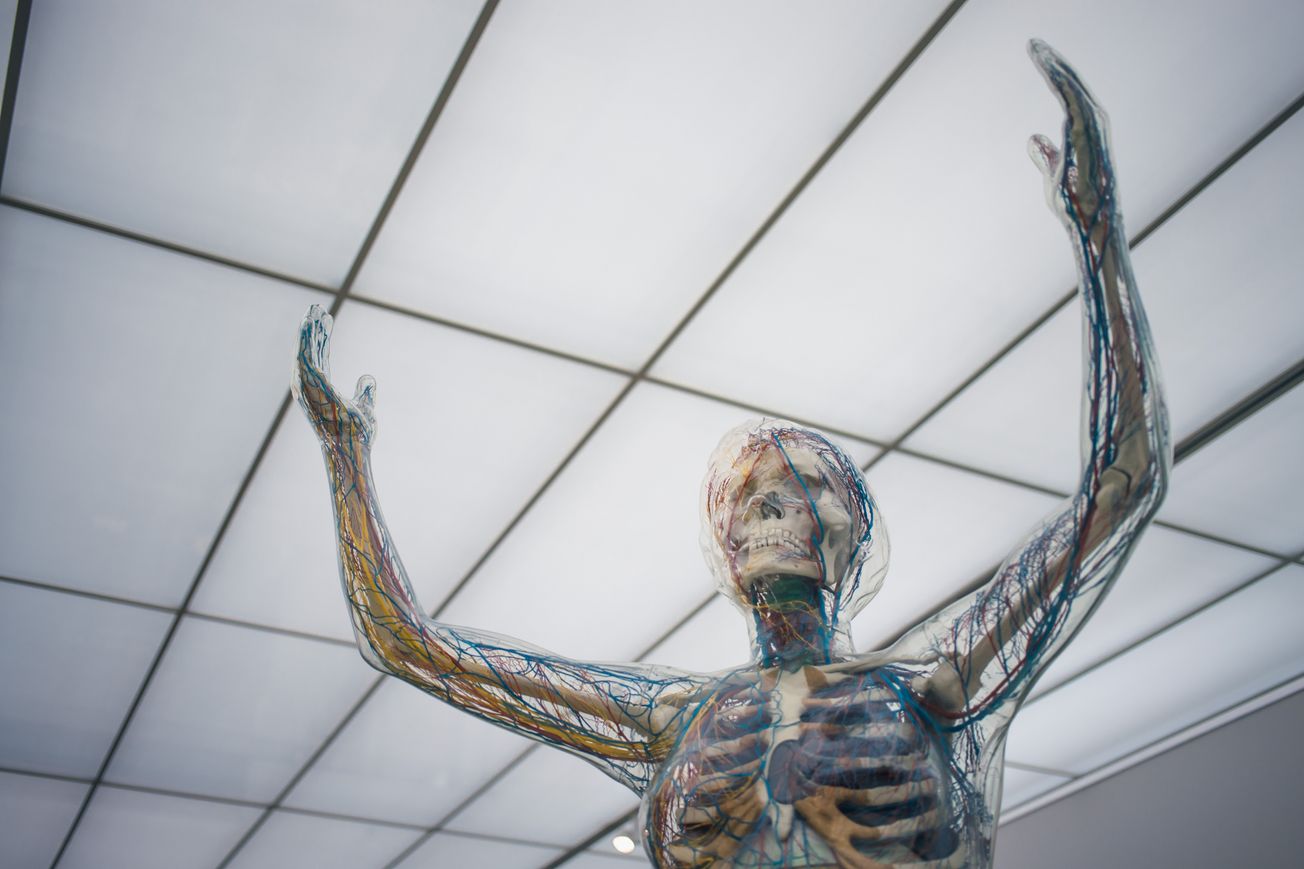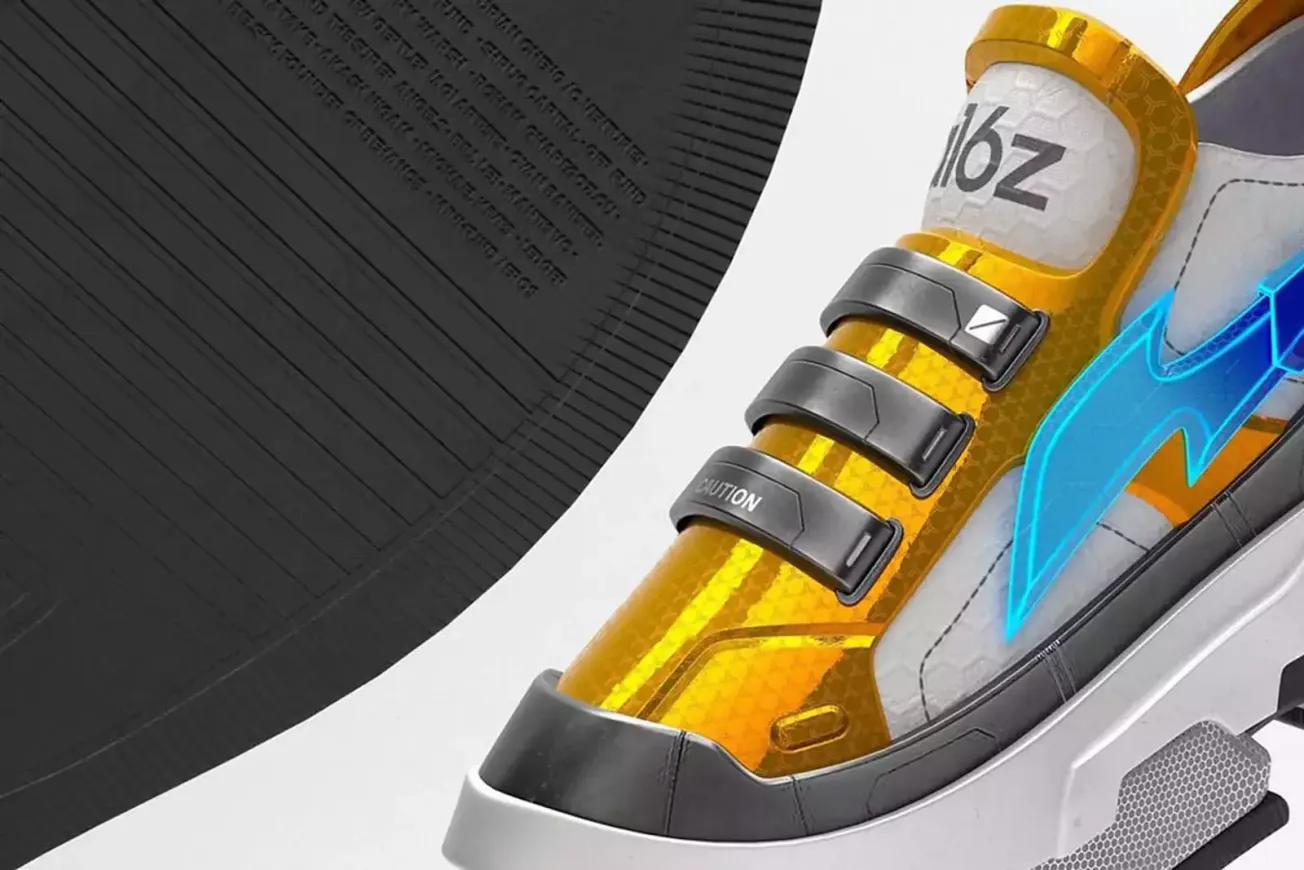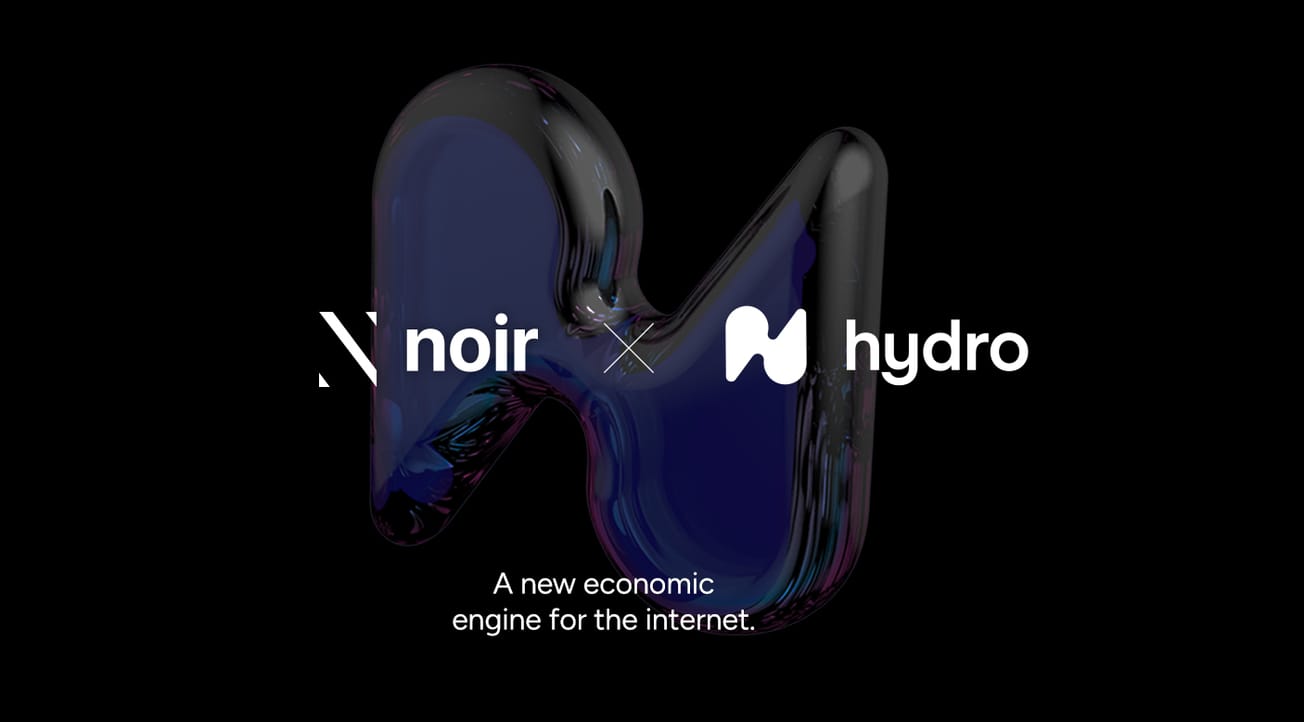The surprising success of recent games like Surgeon Simulator—which was somehow engaging enough to get a sequel—has proved there’s a stomach for first-person, gamified surgical experiences. But the next frontier for medical students isn't a game: They'll be entering the metaverse, thrust into their very own virtual operating theaters using cutting-edge VR technology.
Operating in the Medical Metaverse
Anatomage, a tech-fuelled medical startup invites you to use VR to “step into the role of a surgeon with the power to dissect, explore and rebuild highly detailed human anatomy,” if you’ve got the guts for it. According to their research, the Anatomage VR app has the capacity to vastly improve education and memory retention for students.
This virtual reality application gives users the opportunity to explore the app’s real human bodies in the metaverse. Designed to accompany accredited high school anatomy and life science programs, Anatomage VR enables students to interact with virtual cadavers, including high fidelity male and female bodies that students can analyze, comparing them to real pathology cases with hundreds of real-patient CT & MRI scans available through the application’s interface.
Anatomage VR enables students to visualize more than 2,500 anatomical structures through a VR headset and play 71 different anatomy animations to see bodily regions in 3D. Moreover, teachers can access, customize, and incorporate more than 500 educational presets into curriculum-focused anatomy lessons, including VR-simulated flythroughs of 10 regions of the body, as if through an endoscopic camera. It's believed that this VR-leveraged educational app will increase student engagement and boost knowledge retention through the more immersive and interactive technology, supported by innovative quizzing models.
VR As a Tool for Education
The app’s developers are quick to point out that, in addition to its immersive and interactive capabilities, their product is also backed by scientific research indicating that it can in fact lead to increased understanding and knowledge retention. A University of California, Irvine study found that medical students who used the app to study for their medical school anatomy’s final exams outperformed their peers who used traditional 2D textbooks and flashcards.
In the study, students who used the app scored an average of 28% higher on their exams, with some students scoring as much as 50% higher—a significant difference attributed to the integration of these new technologies into educational practices. At present, the app is currently available on Oculus Rift, HTC Vive, and Windows Mixed Reality headsets.
It’s also important to consider that, as this technology advances, so too will its potential applications in the classroom. While VR is still in a relatively nascent stage, the potential for it is already incredible, and the possibilities that will be made available through the use of haptic feedback, eye-tracking, and other cutting-edge technologies not yet available will be greater. There’s no doubt that as AR and VR become more lightweight and widespread, the education system will undergo radical changes to the benefit of students making use of this evolving tech.










